A promising multifunctional nanocarrier for opto-acoustic imaging-guided chemotherapy or phtotothermal therapy is presented.
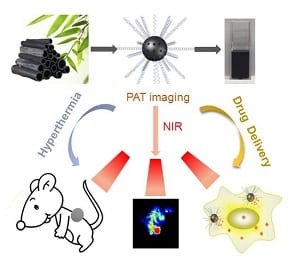

A promising multifunctional nanocarrier for opto-acoustic imaging-guided chemotherapy or phtotothermal therapy is presented.
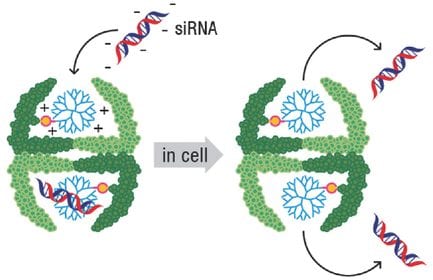
Researchers linked a polymeric transfection reagent into a hollow protein nanocage for drug delivery.
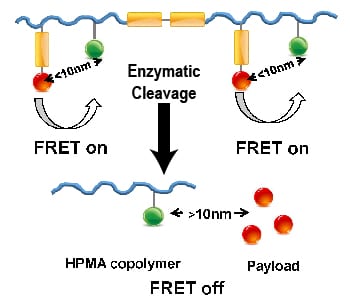
A new generation of enzyme-responsive HPMA copolymer-drug conjugates employing a enzyme-sensitive oligopeptide linker was developed. Fluorescence resonance energy transfer (FRET) was applied to investigate the enzyme-responsive performance in both cells and animals.
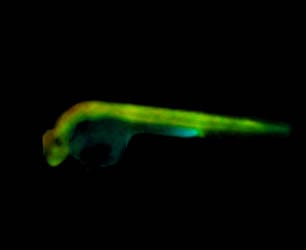
A promising approach for watching cell signaling processes in their physiological context.
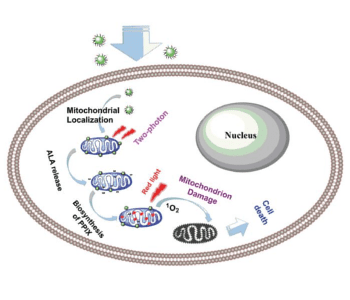
A carbon-dot nanosystem is developed for photodynamic therapy, which releases a photosensitizer bioprecursor in cancer cells upon irradiation.
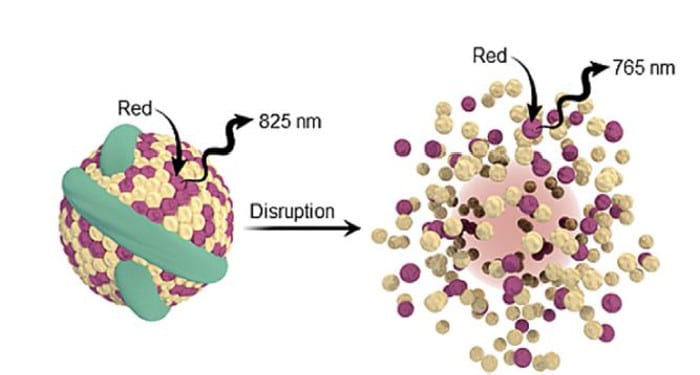
Researchers from Canada have used structure-dependent dual-wavelength emission to distinguish between intact and disrupted nanocarriers with ratiometric imaging.
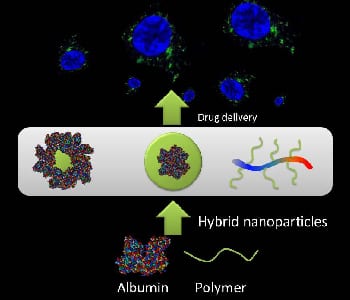
In their review, Jiang and Stenzel discuss the various creative approaches in which albumin can be combined with polymers for application in drug delivery.
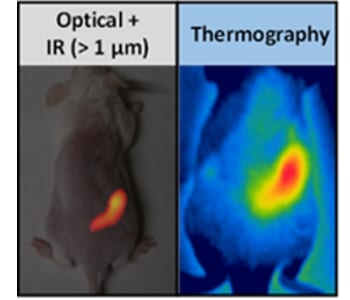
Ultrasmall NdVO4 nanoparticles are presented as a promising agent for deep-tissue photothermal therapy.
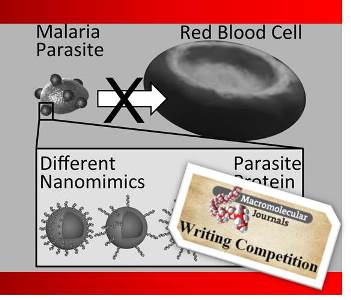
A nanomimics concept based on block copolymer vesicles is evaluated with regard to molecular factors influencing antimalarial activity.
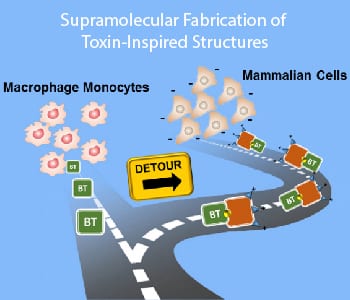
Researchers have devised a bottom-up approach to fabricate precisely arranged synthetic macromolecules and an enzymatically active toxin from Clostridium botulinum.